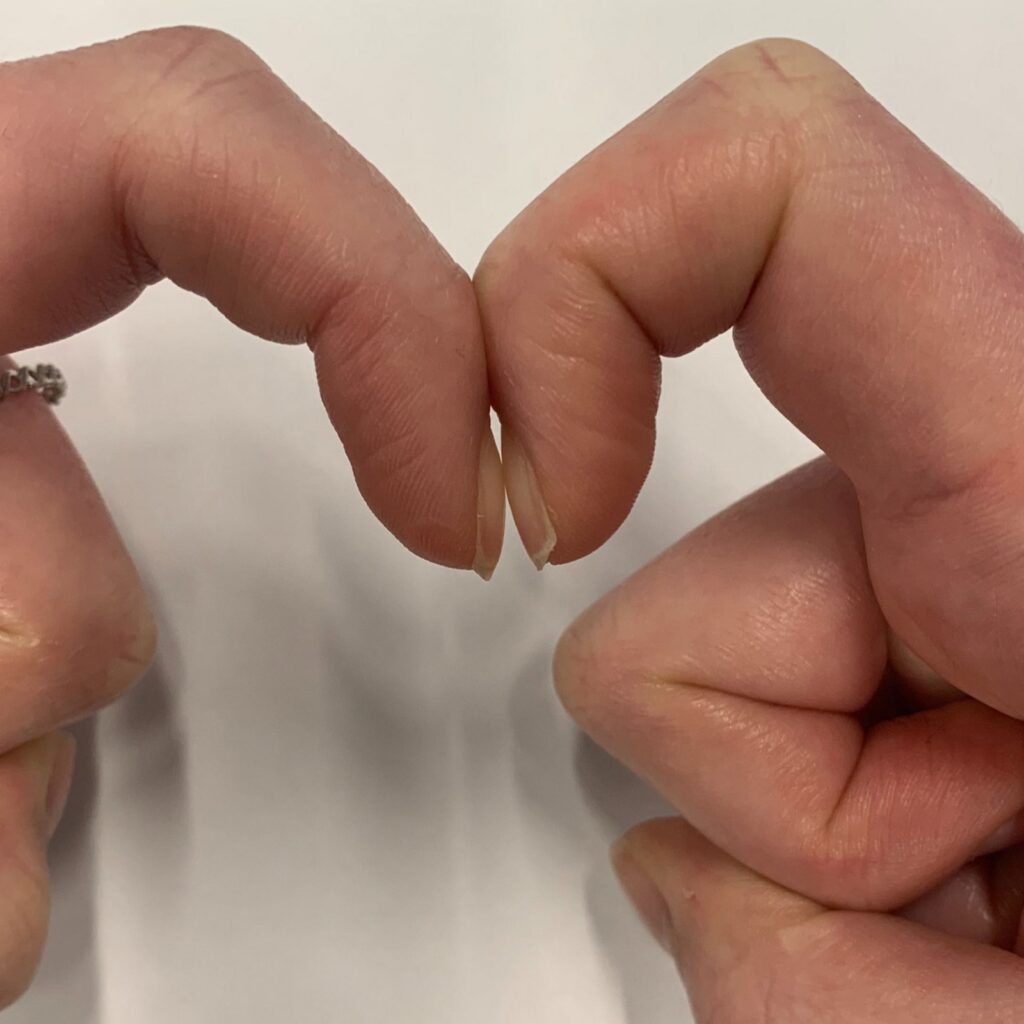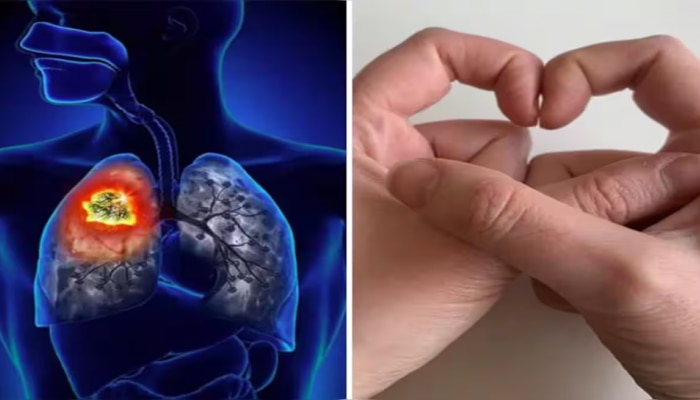A quick and easy finger test you can perform at home might help reveal underlying health conditions, including lung cancer. Known as the Schamroth window test, this method helps identify a rare deformity in the fingers and fingernails called digital clubbing or finger clubbing, which is often associated with certain heart or lung conditions.
According to Cancer Research U.K., finger clubbing develops in stages. Initially, the base of the nail (the nail bed) softens, and the skin around it becomes shiny.
Next, the nails begin to curve more than usual when viewed from the side—a phenomenon known as Scarmouth’s sign. Finally, the fingertips may enlarge, often referred to as “drumstick fingers.”
Scientists believe clubbing is caused by fluid buildup in the soft tissues at the fingertips, resulting from increased blood flow to the area. However, the exact mechanisms behind this process are not fully understood.

Finger clubbing is observed in approximately 35 percent of people with non-small cell lung cancer but only about 4 percent of those with small cell lung cancer. It is also associated with mesothelioma, a type of cancer that affects the lining of the lungs and chest wall.
However, it’s important to note that finger clubbing is not exclusive to cancer. It can also be caused by various lung diseases, such as cystic fibrosis, pulmonary fibrosis, bronchiectasis, or asbestosis, as well as certain heart defects, liver diseases, or even Crohn’s disease.
If you suspect you might have finger clubbing, the Schamroth window test is a simple way to check. However, it should only serve as a preliminary guide and not replace a professional medical evaluation.
Emma Norton, a representative from healthcare company Bupa U.K., explained to The Huffington Post: “The test is used by medical professionals as a partial method of confirming conditions, but you can also do it yourself—and it only takes a few seconds.”
To perform the test, follow these steps:
- Hold your hands in front of you and press the nails of your index fingers together, face to face.
- Normally, you should see a small diamond-shaped space between the two nail beds where they meet.
- If this space is missing, it could indicate finger clubbing, which may be a sign of an underlying health condition.
If the test suggests clubbing, Norton advises seeking medical attention as soon as possible for a thorough examination. While the Schamroth window test is a useful tool, only a healthcare professional can provide an accurate diagnosis and determine the cause of any abnormalities.
This simple yet effective test underscores the importance of paying attention to subtle changes in the body, as they can sometimes signal more serious health issues. Early detection and timely medical intervention can make a significant difference in managing and treating potential conditions.


